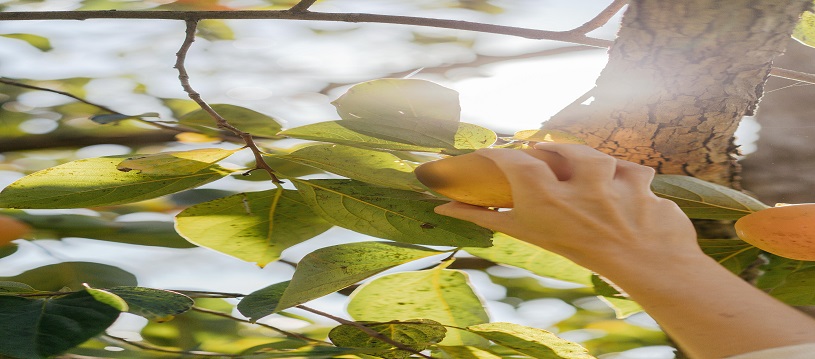Georgia has a favorable climate for growing a variety of crops, including fruits, vegetables, and ornamental plants. The state’s warm summers and mild winters allow for a long growing season, while its diverse geography offers a range of soil types and microclimates that can support a variety of crops. Here are some examples of what you can grow in Georgia…

Peaches: Georgia is known as the “Peach State” for a reason. The state’s warm climate and fertile soil make it an ideal place to grow peaches, which are typically harvested from May to August. In addition to fresh peaches, Georgia is also known for its peach preserves, pies, and other peach-based products.
Vidalia Onions: Vidalia onions are a type of sweet onion that are grown in the region around Vidalia, Georgia. The onions are known for their mild flavor and are typically harvested from late April to early May. Vidalia onions are a popular ingredient in salads, sandwiches, and other dishes.
Tomatoes: Tomatoes are a staple crop in Georgia, and the state produces a variety of heirloom and hybrid tomato varieties. Tomatoes are typically planted in the spring and harvested throughout the summer and into the fall.
Watermelons: Georgia is also known for its sweet, juicy watermelons, which are typically harvested from June to August. Watermelons require warm temperatures and plenty of water to grow, which makes Georgia an ideal place for this crop.
Peanuts: Georgia is the largest producer of peanuts in the United States, and the state’s warm climate and sandy soil are ideal for growing this crop. Peanuts are typically planted in April or May and harvested in the fall.
Pecans: Pecans are a popular nut in Georgia, and the state produces a significant portion of the country’s pecans. Pecan trees are typically planted in the fall or winter and require several years to mature before they begin producing nuts.
Blueberries: Blueberries are a popular crop in Georgia, and the state is one of the top producers of blueberries in the country. Blueberries are typically planted in the fall or winter and require acidic soil to grow.
Apples: While not as well-known as peaches, apples are also grown in Georgia. The state’s cooler mountain regions are particularly well-suited to growing apples, which are typically harvested in the fall.
Okra: Okra is a popular vegetable in Southern cuisine, and Georgia is one of the top producers of okra in the country. Okra is typically planted in the spring and harvested throughout the summer.
Roses: Georgia’s warm climate and long growing season make it an ideal place to grow roses. The state is home to several rose gardens and nurseries, and many varieties of roses thrive in Georgia’s soil and climate.
In addition to these crops, Georgia is also known for its production of cotton, soybeans, and other agricultural products. Whether you’re a hobby gardener or a commercial farmer, there are plenty of options for what to grow in Georgia. By taking advantage of the state’s favorable climate and diverse geography, you can cultivate a bountiful harvest of fresh, locally-grown produce!





